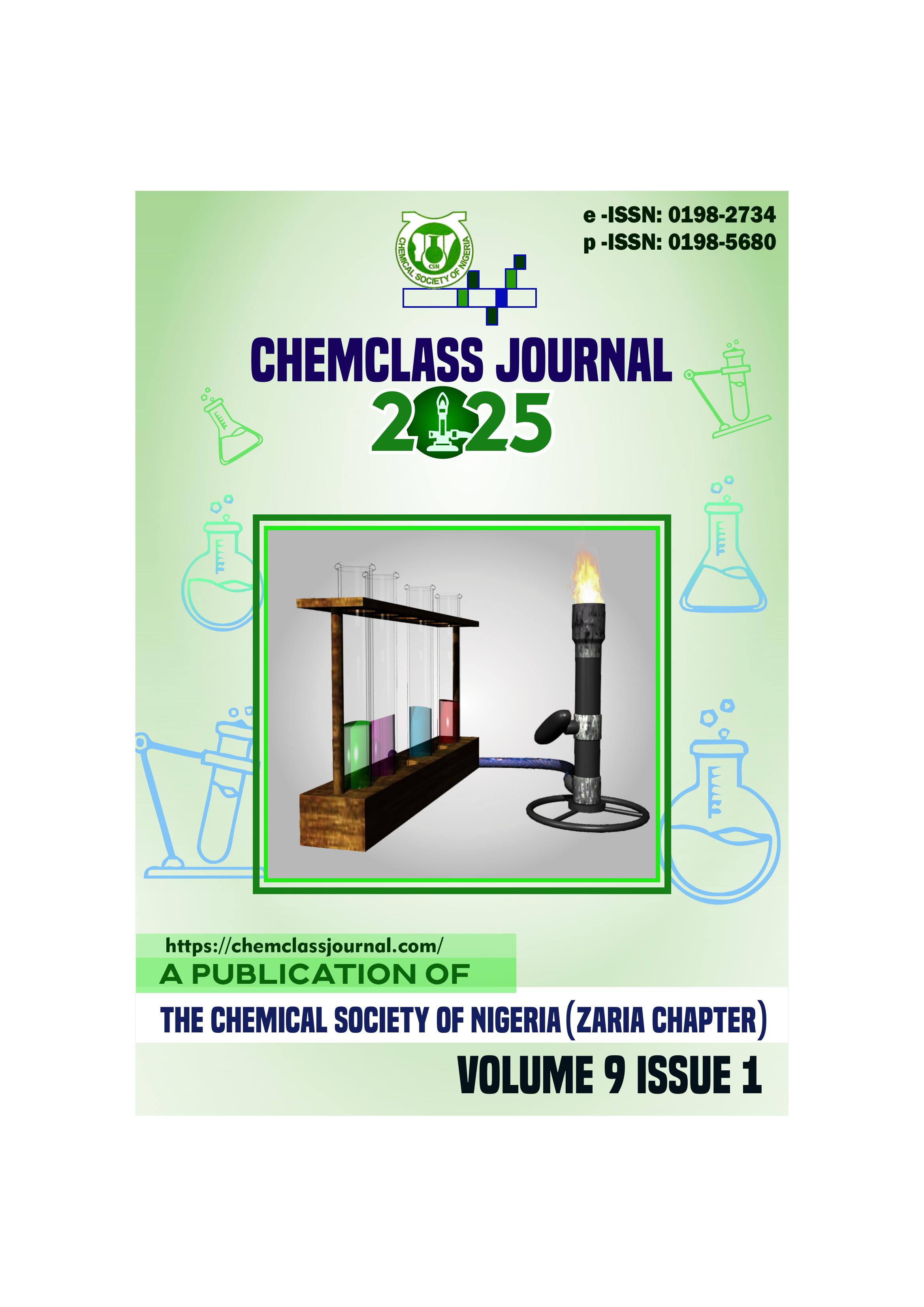Characterization of the Base Oil from Three Recycled Used Oil Samples (150N, 350N, 600N)
Keywords:
Base oil , glacial acetic acid pretreatment , kinematic viscosity , recycled oil , waste oilAbstract
Base oil (i.e. petroleum oil) can be substituted with recycled waste lubricating oil for grease production and
other lubricating purposes. Due to the high cost of base oil, recycling of waste or used lubricating oil
becomes the best solution to this problem. Three different waste lubricating oil samples (150N, 350N,
600N) were recycled and analyzed, to determine the quality of the recycled lubricating oil samples. From
the results the viscosities of the recovered oil at 50oC and 100oC were a little bit lower than that of fresh oil.
The neutralization number or Total Acid Number (TAN) of the recycled oil was found to be (150N = 0.03;
350N = 0.05; and 600N = 0.05) mgKOH/g as compared to 0.03N, 0.05N and 0.05N respectively for the
refined oil. Again the flash point, moisture content and pour point of the recycled oil were within the
acceptable range according to the ASTM D4304 reference standard (ASTM, 2000). However, the products
of this research are economical in terms of cost and availability of raw materials in Nigeria, when compared
to imported products.





 ChemClass Journal
ChemClass Journal
